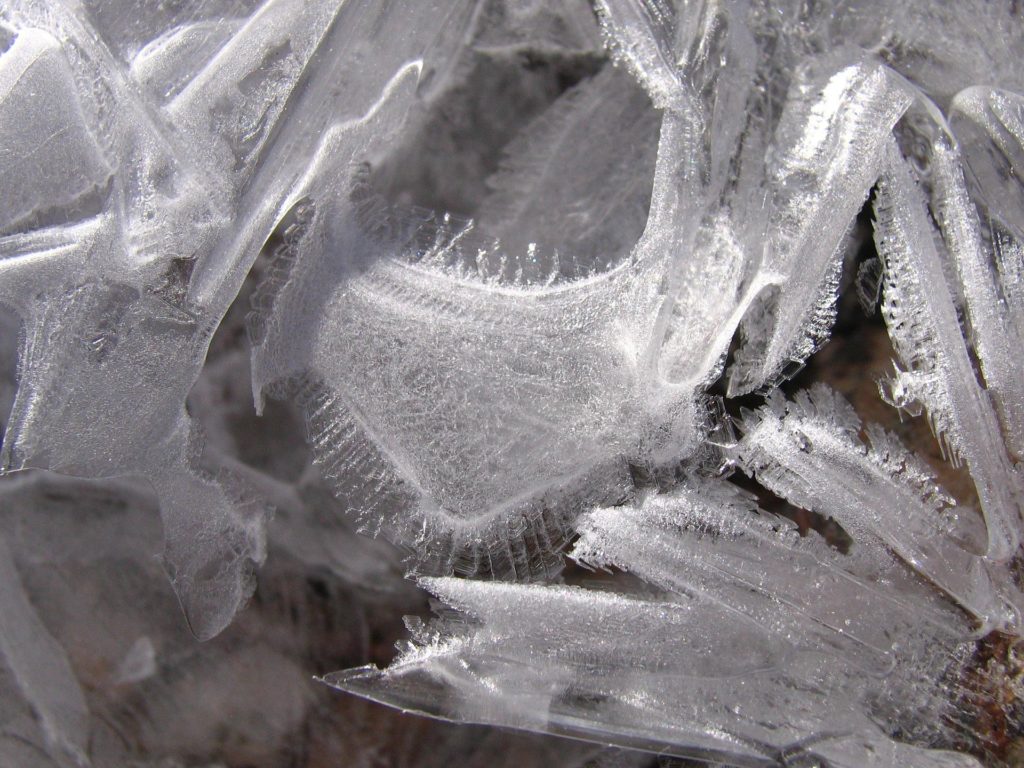REMEDIATION OF SALT CONTAMINATED BUILDING MATERIALS
Masonry renovations with IPA products

Salt Crystallization
In contrast to the load case of pressurized water or non-pressurized water, no sealing slurries or waterproof plaster (sealing plaster) are generally used for the removal of capillary and hygroscopic moisture absorption for sealing. The reason for this is that the salt crystals are deposited in the coarser pore structure of the building material at the masonry/waterproofing interface and the resulting crystallization pressure causes the waterproofing to burst.
In the case of capillary moisture absorption, sealing with sealing slurry causes the moisture to be transported further in the building material, so that adjacent components are also stressed.
RENOVATION PLASTER SYSTEMS
It is better to apply pore-hydrophobic plaster (restoration plaster), which on the one hand prevents water in liquid form from reaching the stored salts, and on the other hand, due to their pore volume, are able to store significant amounts of salts, so that there is no plaster flaking.
Another major cause of moisture penetration in the masonry is capillary rising or penetrating moisture. This cannot be dissipated by the renovation plaster alone, especially in the case of thicker walls or extreme moisture. Here, the subsequent installation of a horizontal barrier using the borehole injection method offers a safe, proven and permanent solution.
Machine-processable ready-made dry mortar for plastering saline, damp interior and exterior walls Restoration plaster tested acc. WTA
Machine-processable dry mortar for the production of water-repellent, highly diffusible renovation plaster,
checked acc. WTA
horizontal barrier
Injection with JEKTIPAL, Jektipal 2k or JEKTIPAL EM 12 (for natural stone and sandstone) is carried out to shut off rising damp. If necessary, a mortar injection with the appropriate IPA injection mortar is to be provided for the filling of cavities or for the production of a homogeneous structure.
Mineral grout, based on trass lime, highly sulphate-resistant, filling mortar for sealing boreholes and cavities.
Consumption approx. 1.8 kg/l cavity
Dry powder for the production of site-mixed, non-shrink grout and for filling wide cracks and cavities.
Consumption approx. 1.7 kg/l cavity
Technical data sheet IPA PM PULVER
Silicification and hydrophobing agent based on silicate/silicone for subsequent horizontal barriers by masonry injection.
Consumption approx. 15-20 kg/m² wall cross-section
Technical sheet JEKTIPAL
2-component injection liquid for the introduction of a subsequent horizontal barrier, also has a strengthening effect in the
masonry.
Consumption approx. 15-20 kg/m² wall cross-section
Microemulsion concentrate, can be diluted with water from 1:10 to 1:12 for horizontal barriers.
Consumption after dilution approx. 16-24 kg/m² wall cross-section
Low-viscosity aqueous siloxane, 2-comp. Injection material for the subsequent horizontal barrier in natural and sandstone.
Consumption after dilution approx. 16-24 kg/m² wall cross-section